Ways to Strengthen Customer Care Practices Efficiently
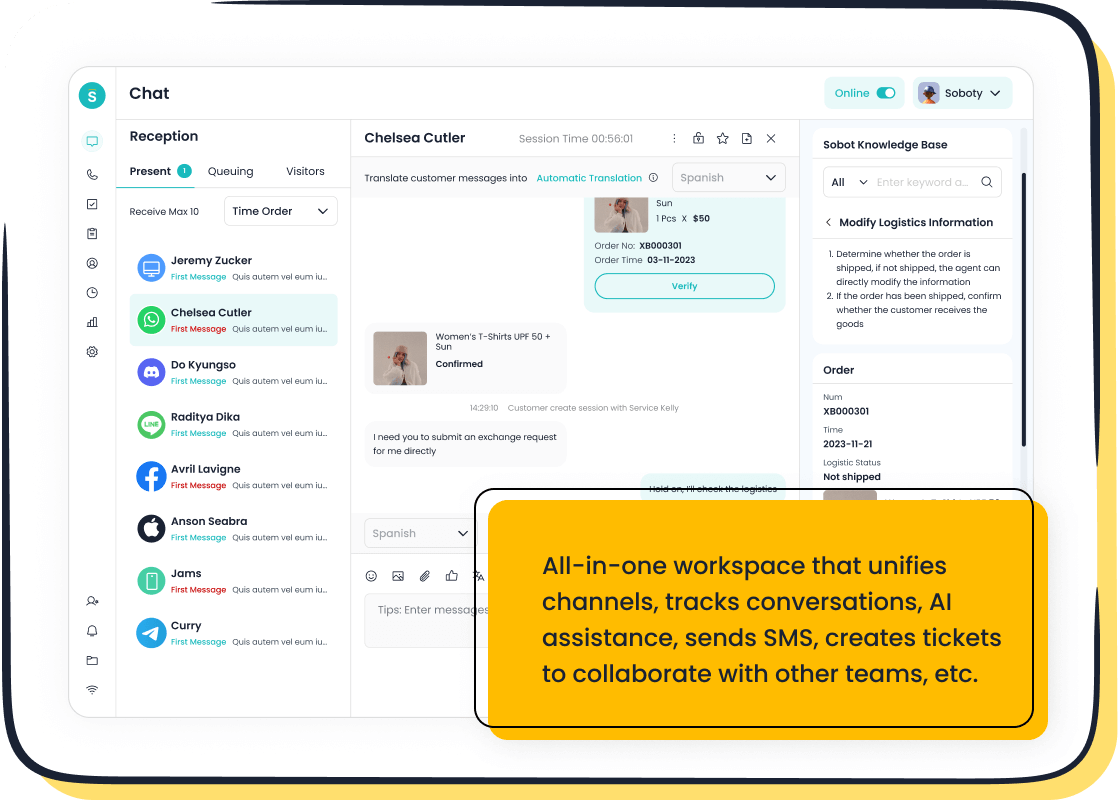
Building strong customer relationships starts with efficient customer care practices. They’re the backbone of loyalty and trust. Did you know loyal customers buy 30% more per order and are five times more likely to forgive a bad experience? Plus, retaining just 5% of your customers can boost profits by up to 95%. The customer care benefits are undeniable—better experiences, higher retention, and faster business growth. Tools like Sobot make it easier to deliver exceptional customer service and keep your customers coming back.
Understanding Customer Needs for Excellent Customer Service
Understanding what your customers truly need is the cornerstone of excellent customer service. When you take the time to listen and adapt, you create experiences that keep them coming back. Here’s how you can dive deeper into their needs:
Conducting Surveys and Gathering Feedback
Surveys are a simple yet powerful way to uncover what your customers think. They help you measure satisfaction levels and pinpoint areas for improvement. By asking tailored questions, you can gather actionable insights that guide your decisions. For example, tools like customer satisfaction scores or net promoter scores reveal how well you’re meeting expectations. Surveys also show what customers appreciate, dislike, and where they think you can do better. This feedback becomes your roadmap to enhancing the customer experience.
Using Customer Data to Identify Pain Points
Your customer data holds the key to solving their biggest challenges. By analyzing patterns and trends, you can uncover recurring issues and address them proactively. For instance, if complaints spike during certain hours, it might signal a staffing issue. AI tools make this process even easier by automating data analysis and identifying reasons for churn or dissatisfaction. When you tackle these pain points head-on, you improve customer satisfaction and strengthen customer relationships.
Developing Customer Personas for Better Insights
Customer personas help you see the world through your customers’ eyes. They represent the different types of people you serve, making it easier to tailor your services. Companies that use personas often see higher satisfaction and retention rates. Personas also guide marketing efforts, ensuring your messaging resonates with the right audience. By aligning your services with real customer needs, you create a more personalized and impactful customer experience.
Enhancing Communication and Empathy in Customer Service
Good customer service starts with how you communicate. When you treat customers with respect and show empathy, you create a connection that builds trust and loyalty. Here’s how you can improve customer service by enhancing communication and empathy.
Training Teams in Active Listening
Active listening is more than just hearing words. It’s about understanding the customer’s emotions and needs. When your team listens actively, they can respond with solutions that truly address the issue. This skill doesn’t just improve customer service—it also boosts employee satisfaction by 30% and enhances collaboration by up to 25%. A team trained in active listening can even see an 8% increase in sales performance. These numbers show how impactful this skill can be for both your team and your customers.
Using Clear and Positive Language
Clear communication is essential in customer service. When you communicate clearly and concisely, you reduce misunderstandings and make customers feel valued. Positive language plays a big role here. It can transform a complaint into an opportunity to build loyalty. For example, instead of saying, “We can’t do that,” try, “Here’s what we can do for you.” This approach enhances customer perception, reduces conflicts, and increases satisfaction. Remember, how you say something is just as important as what you say.
Responding Promptly to Customer Inquiries
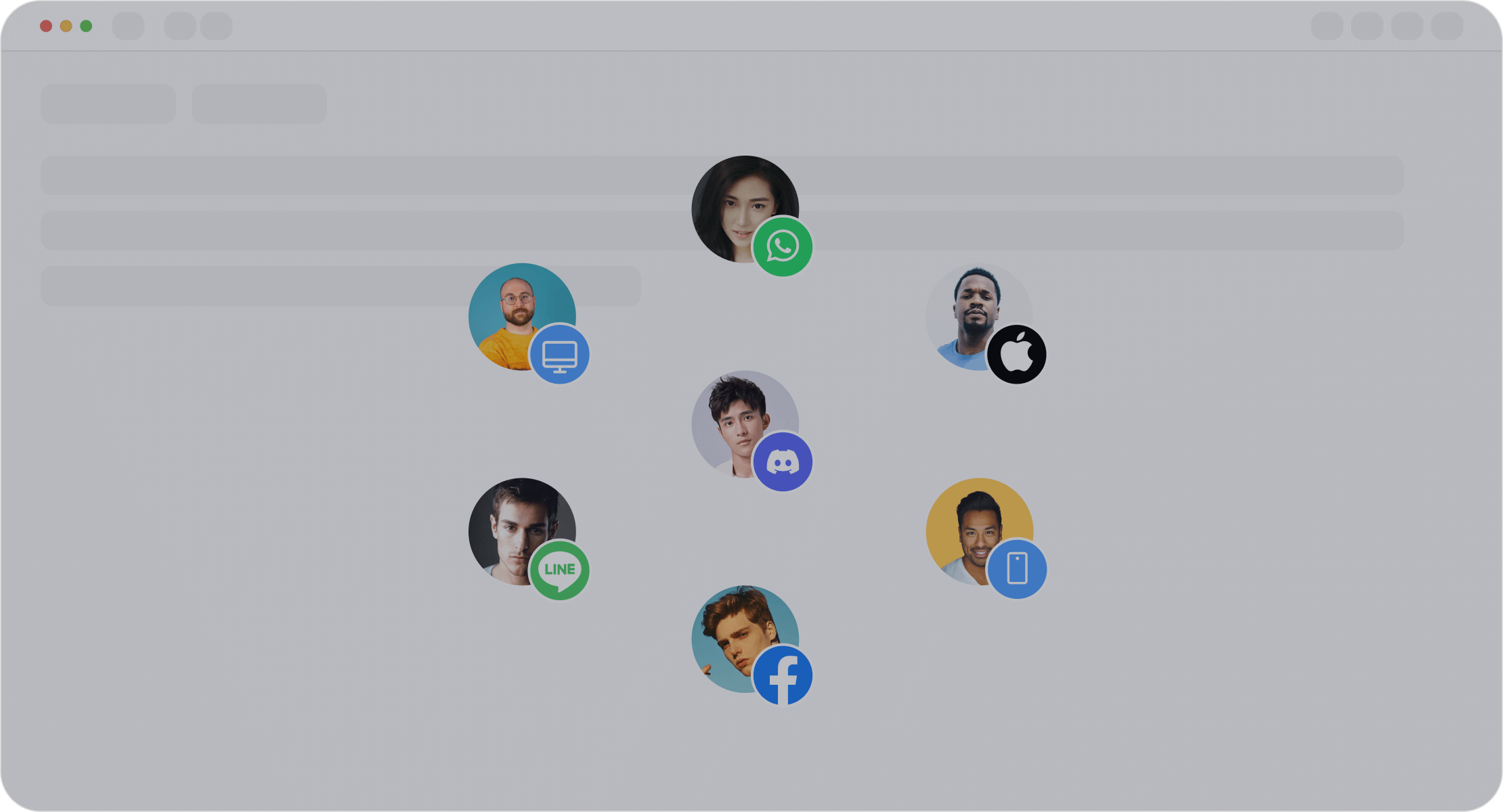
Customers expect quick responses. When you provide prompt assistance, you show them that their time matters. Delayed responses can lead to frustration, while timely replies improve customer service and satisfaction. Tools like Sobot Live Chat make it easier to respond quickly by unifying all communication channels in one place. This ensures no message gets missed, helping you deliver good customer service every time.
Empathy and clear communication are not just soft skills—they’re business strategies. Companies with high empathy scores often outperform their competitors, proving that treating customers with respect and understanding leads to success.
Personalizing and Anticipating Customer Needs

Personalizing your customer service isn’t just a nice-to-have—it’s a game-changer. When you anticipate customer needs and deliver tailored experiences, you create stronger connections and boost customer loyalty. Let’s explore how you can make this happen.
Leveraging Customer Data for Tailored Experiences
Your customer data is a goldmine for creating personalized interactions. By analyzing purchase history, preferences, and behavior, you can tailor your services to meet individual needs. For example, if a customer frequently buys a specific product, you can recommend complementary items or offer exclusive discounts. This approach not only improves customer satisfaction but also drives retention.
Here’s what the numbers say about personalization:
| Statistic | Source |
|---|---|
| 70% of consumers are more likely to buy from companies that understand how they use their products/services | Salesforce |
| 84% of customers say they’re more likely to buy from brands that treat them like a person, not a number | Salesforce |
| Companies that use advanced personalization see returns of $20 per $1 spent | Liveclicker |
These stats highlight why it’s essential to personalize the customer experience. When you use data effectively, you’re not just meeting expectations—you’re exceeding them.
Offering Proactive Solutions to Common Issues
Don’t wait for customers to come to you with problems. Instead, anticipate their needs and offer proactive solutions. For instance, if you notice recurring issues with a product, send out troubleshooting tips or updates before customers even ask. This proactive approach reduces frustration and builds trust.
Key performance indicators (KPIs) show how proactive solutions improve customer service:
| KPI | Description |
|---|---|
| Customer Satisfaction (CSAT) | Measures how happy customers are with your support. |
| First Contact Resolution (FCR) | Tracks the percentage of issues resolved on the first try. |
| Customer Churn Rates | Reflects how many customers stop using your service. |
| Net Promoter Score (NPS) | Indicates how likely customers are to recommend your brand. |
By addressing issues before they escalate, you enhance customer retention and loyalty.
Recognizing and Rewarding Loyal Customers
Loyal customers are your most valuable asset. Recognizing their loyalty with rewards or personalized offers shows them you care. Whether it’s a discount, early access to new products, or a simple thank-you note, these gestures go a long way in strengthening relationships.
Here’s how recognizing loyalty impacts your business:
| Benefit | Description |
|---|---|
| Maximize customer lifetime value | Encourages repeat purchases and higher spending. |
| Enhance customer experience | Ensures loyal customers feel valued and appreciated. |
| Create tailored marketing campaigns | Boosts engagement and conversion rates with personalized offers. |
When you reward loyalty, you’re not just saying thank you—you’re building a foundation for long-term success.
Personalization and anticipation aren’t just trends—they’re necessities. By leveraging data, offering proactive solutions, and rewarding loyalty, you create a customer service experience that stands out.
Leveraging Technology with Sobot Live Chat for Better Customer Experience
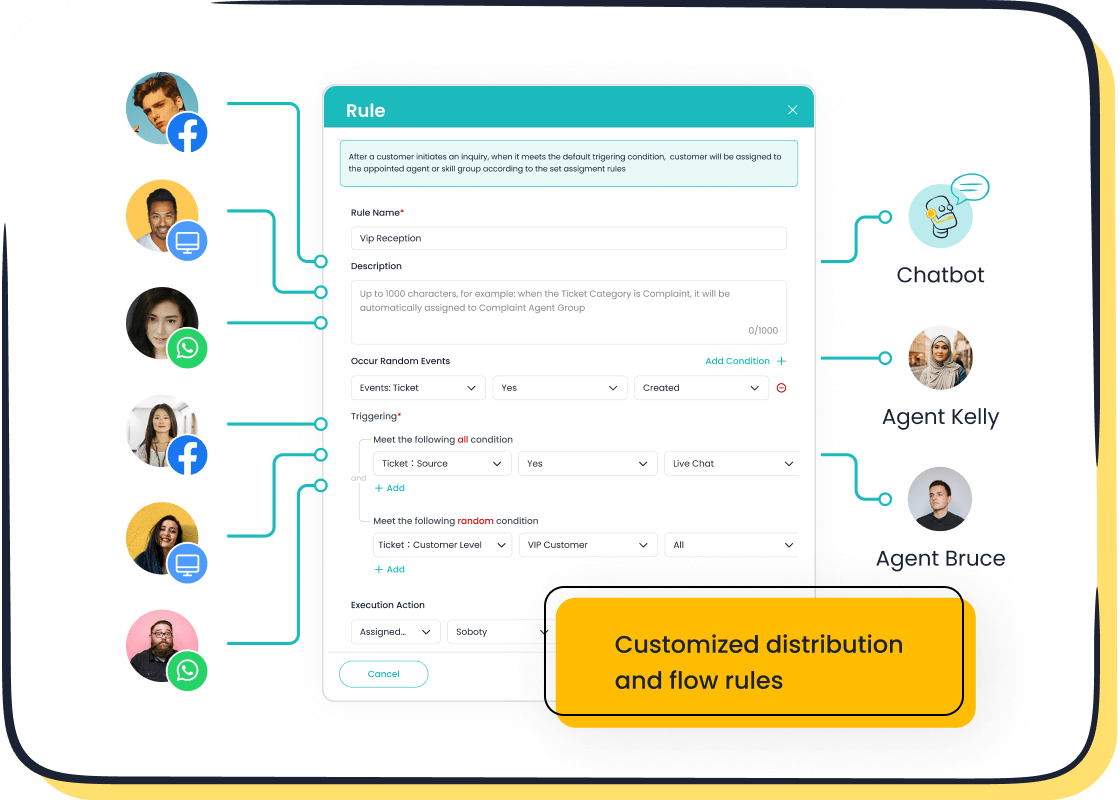
Technology plays a vital role in transforming how you deliver customer service. With tools like Sobot Live Chat, you can streamline interactions, improve efficiency, and gain valuable insights—all while enhancing the customer experience. Let’s explore how.
Implementing Omnichannel Solutions for Seamless Interactions
Your customers expect seamless communication across all platforms. That’s where omnichannel solutions shine. By integrating channels like social media, email, and live chat into one platform, you ensure consistent and efficient service. Sobot Live Chat excels here, offering a unified workspace that keeps all conversations in one place. This eliminates the need for agents to switch between systems, saving time and reducing errors.
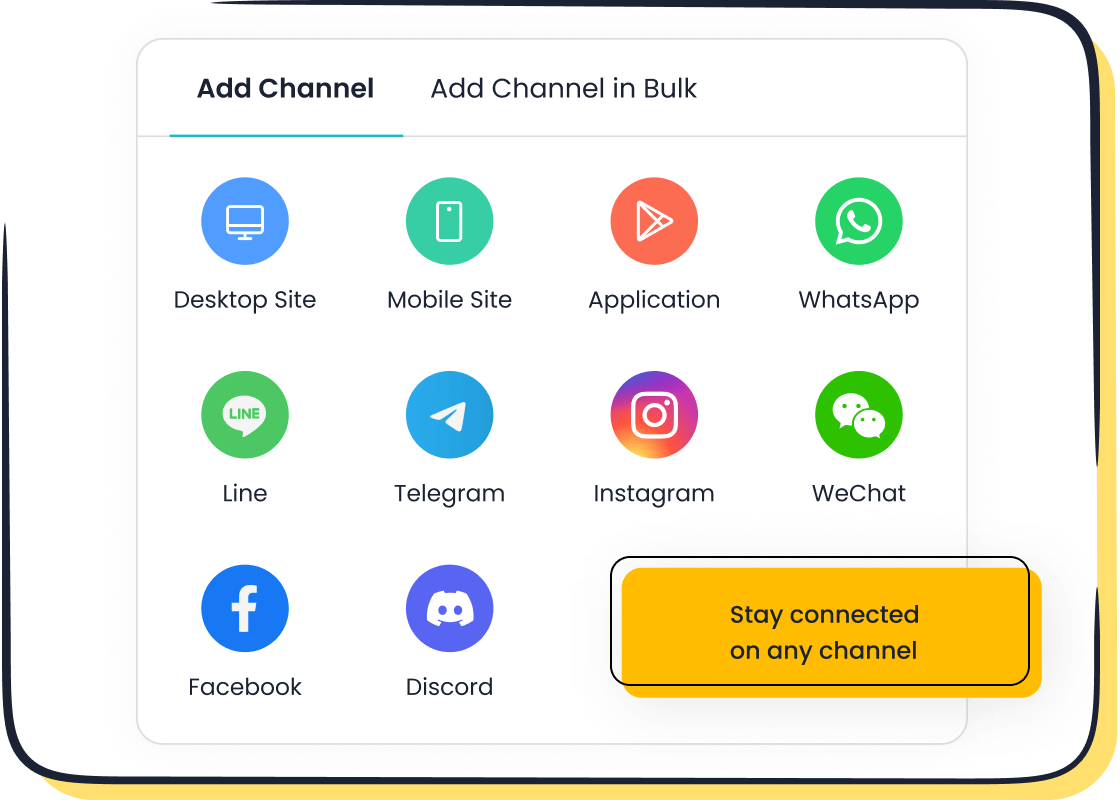
The impact of a strong omnichannel strategy is clear:
| Omnichannel Strategy Strength | Customer Retention Rate |
|---|---|
| Strong | 89% |
| Weak | 33% |
When you adopt a robust omnichannel approach, you not only improve customer retention but also create a smoother customer experience.
Using AI-Powered Tools to Improve Customer Service Efficiency
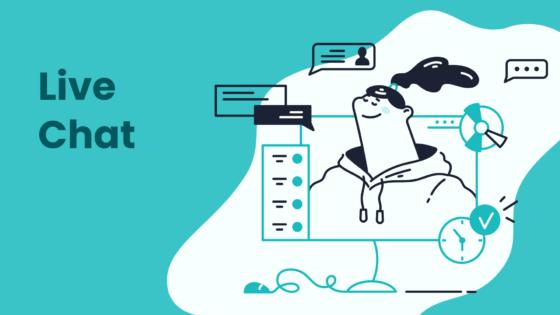
AI-powered tools are game-changers for customer service. They handle repetitive tasks, analyze data, and provide instant support, freeing your team to focus on complex issues. Sobot Live Chat’s AI features, like intelligent assignment and auto-translation, ensure faster resolutions and personalized interactions.
Here’s how AI boosts efficiency:
- AI lowers costs by automating routine tasks.
- It provides 24/7 support, reducing wait times.
- Agents can focus on high-value interactions, improving productivity.
| Metric | Improvement Description |
|---|---|
| Customer Satisfaction | AI tools provide fast, efficient, and personalized support. |
| Wait Times | AI chatbots reduce wait times significantly. |
| Agent Productivity | AI automates routine tasks, allowing agents to focus on complex issues. |
With Sobot’s AI capabilities, you can elevate your customer service while keeping operations efficient.
Monitoring Customer Interactions with Built-In Analytics

Data is your secret weapon for improving customer service. Sobot Live Chat’s built-in analytics track over 150 indicators, helping you understand customer behavior and agent performance. These insights allow you to identify trends, optimize workflows, and enhance the customer experience.
Consider these stats:
| Statistic | Implication |
|---|---|
| 73% of consumers say CX influences purchasing decisions | Highlights the critical role of customer experience in driving sales. |
| 86% of consumers will pay more for top-tier CX | Indicates the financial benefits of investing in customer experience. |
| Customers who have issues resolved quickly are 2.4 times more likely to remain loyal | Emphasizes the importance of efficient problem resolution for customer retention. |
By leveraging analytics, you can make data-driven decisions that improve satisfaction and loyalty.
Sobot Live Chat combines omnichannel support, AI tools, and analytics to deliver a superior customer experience. It’s not just about solving problems—it’s about creating meaningful connections.
Training and Developing a Customer-Focused Team
Building a customer-focused team starts with investing in your people. When your team feels equipped and empowered, they deliver exceptional customer service that keeps customers coming back. Let’s explore how you can train and develop your team effectively.
Providing Ongoing Customer Service Training
Training isn’t a one-and-done deal. It’s an ongoing process that combines learning, practice, and coaching. When you provide continuous training, your team gains the skills they need to communicate effectively and solve problems efficiently. For example, structured programs that focus on deliberate practice help employees improve over time.
Quick access to training resources also makes a big difference. Did you know 76% of employees say having coaching content readily available prevents second-guessing? This confidence translates into better customer interactions. Plus, companies that prioritize training often see higher customer satisfaction scores and improved retention rates. By consistently training staff, you’re not just improving their skills—you’re also showing them they’re valued.
Encouraging Collaboration and Knowledge Sharing
Teamwork makes the dream work, especially in customer service. When your team collaborates and shares knowledge, they solve problems faster and more effectively. This approach builds trust among team members and creates a supportive environment.
Collaboration also benefits your customers. For instance, shared knowledge helps your team understand customer needs better, leading to quicker resolutions and higher satisfaction. Metrics like reduced support ticket volume and increased customer retention prove the value of teamwork. By fostering a culture of collaboration, you’re setting your team—and your customers—up for success.
Empowering Employees to Make Decisions
Empowered employees are confident employees. When you give your team the authority to make decisions, they can resolve issues faster and more effectively. A case study from American Express showed that empowering employees led to a 10% increase in customer satisfaction scores and a 20% reduction in service times.
This empowerment doesn’t just benefit your customers—it also boosts team morale. Employees who feel trusted are more engaged and motivated. They’re also more likely to go above and beyond to deliver outstanding customer service. By trusting your team to make decisions, you’re creating a win-win situation for everyone involved.
Training, collaboration, and empowerment aren’t just strategies—they’re investments in your team’s success. When your team thrives, so do your customers.
Gathering Feedback and Continuously Improving Customer Service
Improving customer service starts with listening to your customers. When you seek customer feedback, you uncover valuable insights that help you refine your approach. Let’s explore how creating feedback channels, analyzing trends, and acting on suggestions can transform your customer care practices.
Creating Multiple Channels for Customer Feedback
Your customers interact with your business in different ways, so it’s essential to capture customer feedback across multiple channels. Online reviews, surveys, social media, and live chat are just a few options. Studies show that online customer feedback systems have doubled in adoption among top retailers over two years. This trend highlights the growing importance of offering diverse ways for customers to share their thoughts. When you make feedback collection easy and accessible, you build trust and encourage more customers to share their experiences.
Analyzing Feedback to Identify Trends
Feedback is only useful if you know how to interpret it. By analyzing customer feedback, you can spot recurring themes and address them proactively. Techniques like sentiment analysis, keyword analysis, and topic analysis help you uncover what customers are saying—even when they phrase it differently. For example:
| Methodology | Description |
|---|---|
| Sentiment Analysis | Detects positive or negative sentiment in text. |
| Keyword or Aspect Analysis | Identifies specific 'things' mentioned in the text. |
| Topic Analysis | Uses AI to classify and analyze text, identifying issues even when phrased differently by customers. |
These methods give you a clearer picture of customer needs, helping you prioritize improvements that matter most.
Implementing Changes Based on Customer Suggestions
Acting on feedback shows your customers that their opinions matter. When you implement changes based on their suggestions, you improve customer satisfaction and loyalty. Companies like Amazon, Zappos, and Starbucks have achieved measurable success by listening to their customers. For instance, Amazon launched Prime membership after refining services based on feedback, while Starbucks introduced new training programs and a mobile app to enhance in-store experiences.
Here’s how implementing changes can lead to measurable improvements:
| Goal Description | Target Improvement | Time Frame |
|---|---|---|
| Improve CSAT score | From 75% to 85% | Within six months |
| Increase customer satisfaction score | By 15% | Within the next six months |
| Respond to 100% of customer feedback | Implement 5% additional time for agents | By the end of that week |
When you act on customer feedback, you don’t just improve your service—you build stronger relationships that drive long-term success.
Listening to your customers isn’t just a strategy—it’s a commitment. By creating feedback channels, analyzing trends, and implementing changes, you show your customers that their voices matter.
Measuring Success and Adjusting Strategies
Tracking your progress is essential to improving customer service. By measuring key metrics, you can identify what’s working and what needs adjustment. Let’s dive into how you can measure success and refine your strategies.
Tracking Key Performance Indicators (KPIs)
Key performance indicators (KPIs) give you measurable insights into your customer service efforts. They help you understand whether your strategies are effective or need tweaking. Here are some KPIs you should focus on:
| KPI | Description |
|---|---|
| Customer Satisfaction Rate | Measures how much customers enjoy their experience with your business. |
| Average Call Length | Tracks how long calls last, helping you evaluate efficiency. |
| Agent Schedule Adherence | Assesses how well agents stick to their schedules. |
| Service Level Agreement (SLA) | Ensures you meet service expectations, especially in outsourced setups. |
| Average Speed of Answer (ASA) | Measures how quickly customers connect with an agent, impacting satisfaction. |
| First Call Resolution (FCR) | Tracks how often issues are resolved on the first try, boosting customer satisfaction. |
| Abandoned Call Rate | Highlights the percentage of calls dropped before reaching an agent. |
| Conversion Rate | Reflects how well your team turns inquiries into desired actions, like sales or sign-ups. |
These KPIs provide a clear picture of your customer service performance. For example, a high abandoned call rate might signal the need for more agents during peak hours.
Using Customer Satisfaction (CSAT) and Net Promoter Scores (NPS)
Customer satisfaction (CSAT) and Net Promoter Scores (NPS) are two powerful tools to measure how happy your customers are. CSAT surveys ask customers to rate their experience, giving you direct feedback. NPS, on the other hand, measures how likely customers are to recommend your business to others. Both metrics help you focus on customer satisfaction and identify areas for improvement.
For instance, if your NPS score is low, it might indicate that customers don’t feel valued. Addressing this could involve offering more personalized service or faster response times. These scores aren’t just numbers—they’re a window into your customers’ minds.
Regularly Reviewing and Refining Customer Care Practices
Success in customer service isn’t a one-time achievement. It’s an ongoing process. Regularly reviewing your practices ensures you stay aligned with customer expectations. Metrics like First Response Time and Customer Effort Score can highlight inefficiencies in your processes. For example:
| Metric | Purpose |
|---|---|
| Customer Satisfaction Score | Helps tailor services to meet customer expectations. |
| First Response Time | Identifies delays in responding to customer inquiries. |
| Average Resolution Time | Tracks how quickly issues are resolved, impacting satisfaction and loyalty. |
| Customer Effort Score | Measures how easy it is for customers to get their issues resolved. |
| Data-Driven Decisions | Provides insights for resource allocation and training. |
| Benchmark Performance | Compares your performance against industry standards. |
| Customer Engagement | Tracks feedback to proactively address concerns. |
| Business Growth | Links better customer experiences to increased profitability. |
By analyzing these metrics, you can make data-driven decisions that improve customer satisfaction and drive business growth. For example, Samsung achieved a 97% customer satisfaction rate by refining its customer care practices with Sobot’s solutions.
Tip: Regular reviews don’t just improve your service—they show your customers that you’re committed to meeting their needs.
Strengthening customer care practices starts with understanding your customers and adapting to their needs. Continuous improvement keeps your customer service sharp and effective. Implement these strategies today to build loyalty and trust. Tools like Sobot Live Chat make it easier to deliver exceptional experiences and see both immediate and long-term results.
FAQ
What is the best way to improve customer service quickly?
Start by listening to your customers. Use tools like surveys or live chat to gather feedback and address their concerns promptly. Small changes can make a big difference.
How can technology help in delivering better customer service?
Technology streamlines communication and automates repetitive tasks. Tools like Sobot Live Chat unify channels, provide analytics, and improve response times, making your service more efficient and customer-focused.
Why is personalization important in customer service?
Personalization makes customers feel valued. By tailoring your approach to their preferences, you build trust, improve satisfaction, and encourage loyalty.
See Also
Enhancing Customer Satisfaction Through Effective Live Chat Strategies
Essential Practices for Quality Management in Call Centers
Understanding Quality Management Systems in Call Center Operations
A Comprehensive Approach to Implementing Omnichannel Solutions
Improving Call Center Efficiency Through Effective Performance Monitoring